Pets are more than just companions; they can have a profound impact on children’s development, teaching them valuable life lessons and nurturing qualities like empathy, responsibility, and patience. In this article, we’ll explore the benefits of having pets for kids, different types of domestic pets, and how children can get involved in caring for their furry, feathered, or scaly friends.
1. Emotional Benefits of Pets for Kids
Pets provide unconditional love and companionship, which can be especially comforting for children. The presence of a pet in the home can help reduce stress, anxiety, and loneliness. Kids often turn to pets as a source of comfort during difficult times, and this bond can foster emotional resilience.
Building Empathy: Caring for a pet teaches children to consider the needs of another living being. This responsibility helps them develop empathy, as they learn to recognize and respond to their pet’s emotions and needs.
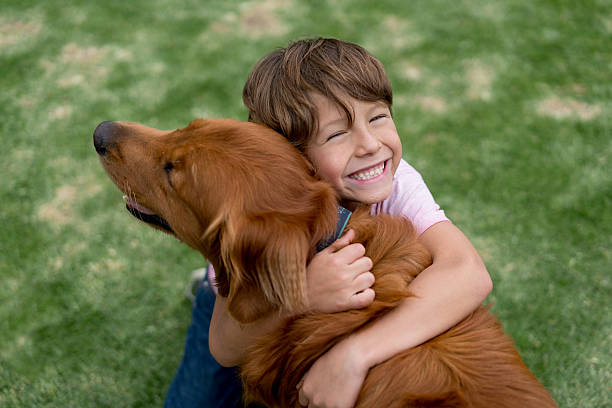
Boosting Self-Esteem: Successfully taking care of a pet can boost a child’s confidence and self-esteem. Knowing that they are capable of feeding, grooming, and playing with their pet gives them a sense of accomplishment and pride.
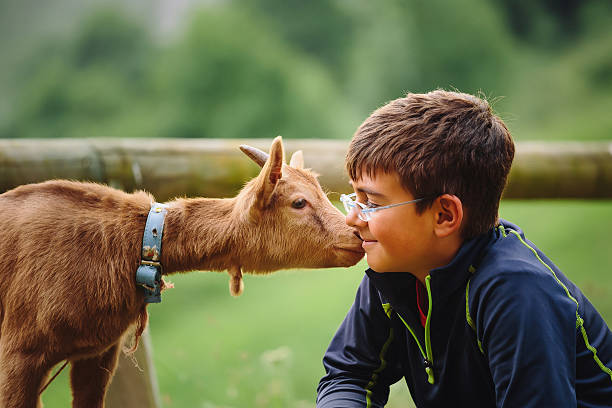
2. Physical and Mental Health Benefits
Interacting with pets can also promote physical and mental well-being in children. Activities like walking a dog, playing with a cat, or feeding fish can keep kids physically active and engaged.
Encouraging Physical Activity: Pets, especially dogs, encourage children to be more active. Regular walks or playtime in the backyard can help kids stay fit and healthy while also strengthening the bond with their pet.
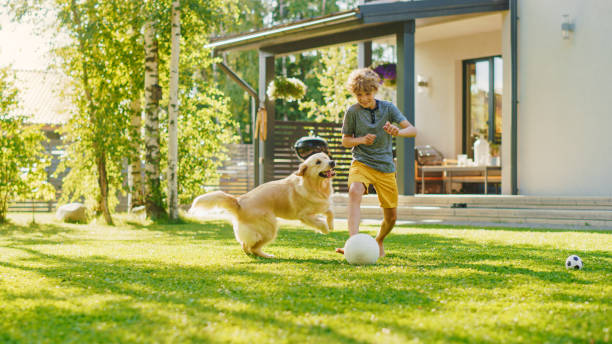
Reducing Stress: Studies have shown that interacting with pets can lower cortisol levels, which helps reduce stress and anxiety. The simple act of petting a dog or cat can have a calming effect on children, helping them relax after a long day.

3. Types of Domestic Pets and Their Benefits
Different types of pets offer unique experiences and responsibilities. Here’s a look at some popular domestic pets and how they can benefit children:
Dogs: Known as loyal and loving companions, dogs require regular exercise and attention. Kids can take on tasks like feeding, walking, and playing with the dog, which teaches responsibility and commitment.
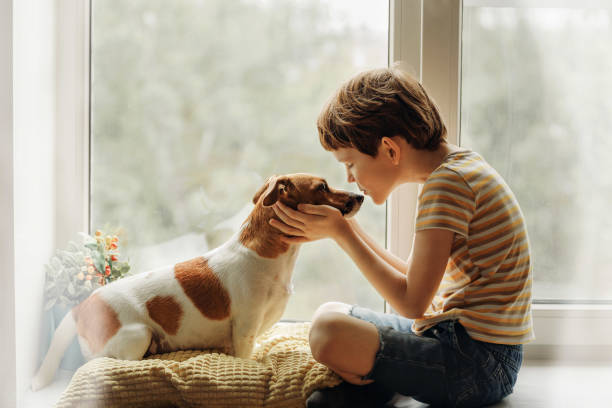
Cats: Cats are more independent but still offer affection and companionship. Children can help with feeding, grooming, and cleaning the litter box. Cats also provide comfort and a sense of calm, making them ideal for quieter households.

Fish: Fish are low-maintenance pets that can teach children about the basics of care and responsibility. Kids can learn to feed the fish, clean the tank, and observe the calming nature of an aquarium.

Small Mammals (Hamsters, Guinea Pigs, Rabbits): These pets are great for younger children who are learning to care for an animal. They require regular feeding, cage cleaning, and gentle handling, helping kids develop nurturing skills.
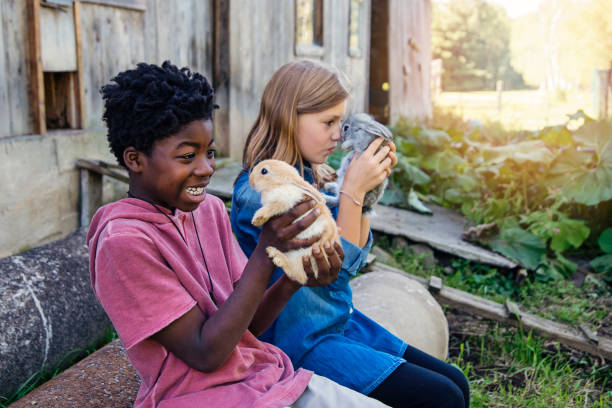
Birds: Birds like parakeets or canaries can be engaging pets that teach children about responsibility. Caring for a bird involves feeding, cleaning the cage, and social interaction, which can be both fun and educational.
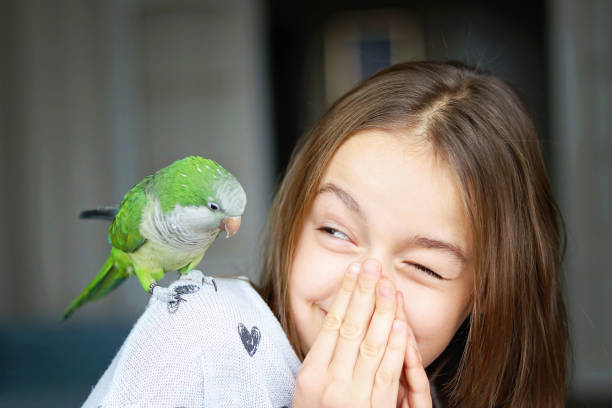
Reptiles (Turtles, Lizards): Reptiles are unique pets that require specific care, such as maintaining temperature-controlled environments. They can be fascinating for children to observe and care for, teaching them about different types of animals and their needs.
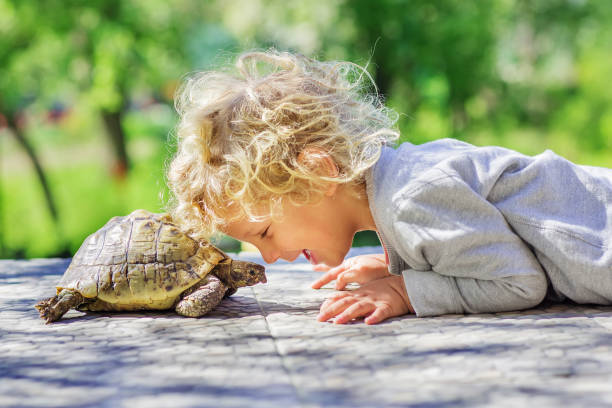
4. Involving Kids in Pet Care
Getting children involved in pet care is essential for teaching responsibility and fostering a strong bond between the child and the pet. Here are some ways kids can help care for their pets:
Daily Feeding: Assigning your child the task of feeding the pet daily helps them understand the importance of regular care and responsibility.

Grooming: Depending on the pet, grooming tasks like brushing, bathing, or trimming nails can be a fun and interactive way for kids to connect with their pet.

Exercise and Playtime: Encourage your child to play with their pet or take them for walks. This not only keeps the pet healthy but also helps the child stay active and engaged.

Cleaning Duties: For pets that require cages, tanks, or litter boxes, children can help with cleaning and maintenance. This teaches them the importance of hygiene and cleanliness in pet care.

Training: If you have a dog, involve your child in basic training exercises. This can be a rewarding experience for both the child and the pet, strengthening their relationship.

